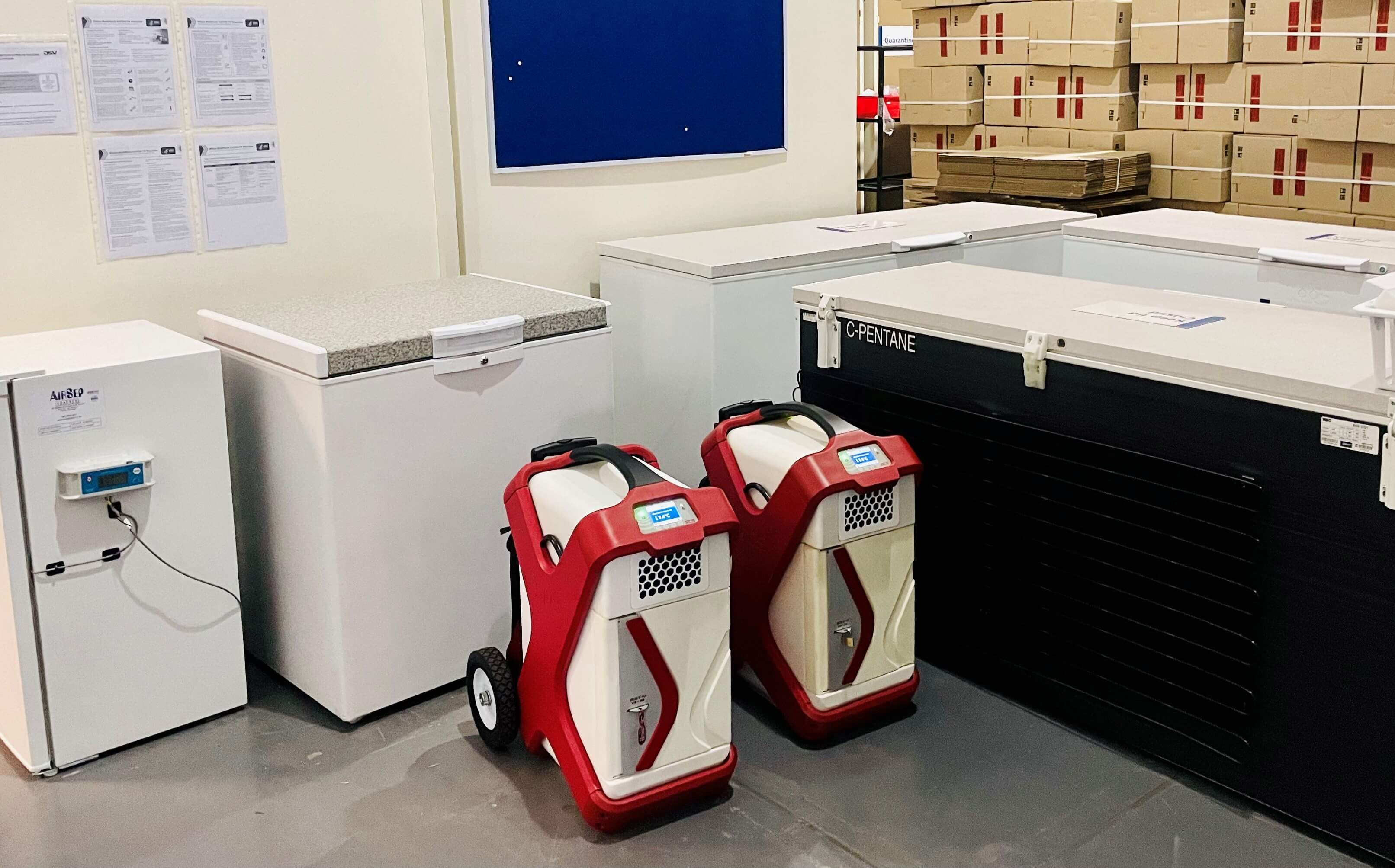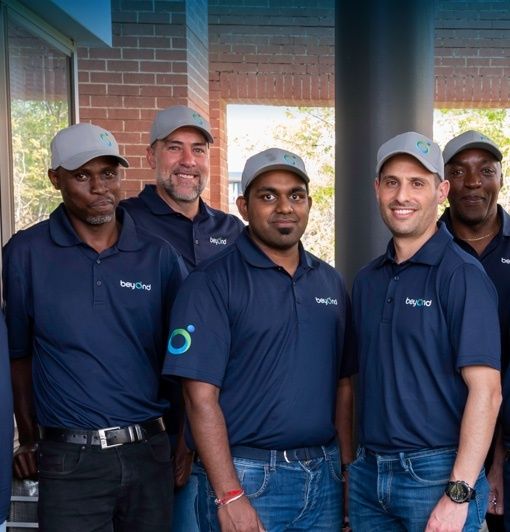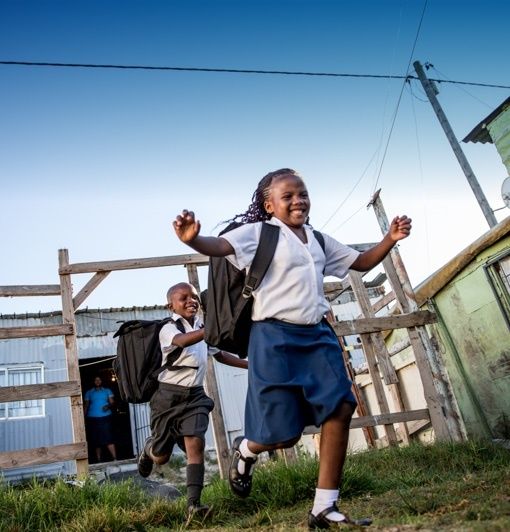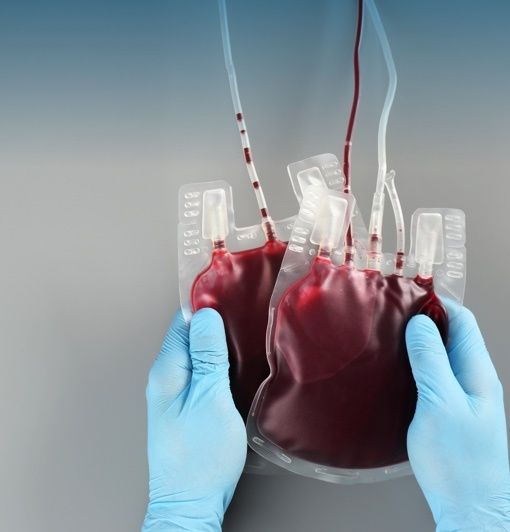
The last mile is hardest – the complexity of vaccinating 19 million South Africans who live in rural areas
By Ian Lester, CEO of Beyond
Wednesday, 9 June 2021: South Africa has vaccinated just 1% of the population, the majority of whom are healthcare workers whose job it is to arrive at healthcare facilities. Even this – the easy part - wasn’t plain sailing. Getting the vaccine to the rest of the South African population and especially those living in rural areas will be the greatest challenge of all.
The problem is best summed up by the Director-General of the World Health Organization, Tedros Adhanom Ghebreyesus who repeatedly says, “Until the last person is safe, none of us are safe”.
South Africa’s vaccine program is gathering steam as the country attempts to vaccinate 41 million people against Covid-19 by March 2022. Issues related to delays in the production of the vaccines, vaccine hoarding by wealthier nations, and cold chain readiness are some of the very real challenges that must still be overcome.
Inequitable vaccine distribution is leaving millions of people vulnerable to the virus while simultaneously allowing deadly variants to emerge. Variants thrive on two things: unvaccinated people and time. So, the longer it takes to get the world vaccinated, the more of both the virus has. With a third of South Africa's population - approximately 19 million people - living in rural areas, the problem ahead is massive and complex.
Our organisation, Beyond, is a global Internet of things (IoT) solution provider specialising in remote cold chain monitoring with deployments in over 70 countries. Our major clients, include the WHO, UNICEF, the International Committee of the Red Cross and the Pan American Health Organisation. For almost two decades we've been monitoring the vaccine cold chain.
Locally, our remote cold chain monitoring platform is being used to remotely monitor the last mile of the vaccine cold chain for several organisations including Dis-chem Pharmacy and Discovery Health, both of which are central to the country’s vaccine rollout. More recently we've been supplying clients in the mining sector who will soon be embarking on their own vaccination programmes in an attempt to return to business as usual.
Cold chain:
One of the many challenges of getting the jab into your arm involves the cold chain. The cold chain is described by the WHO as “a system of storing and transporting vaccines at recommended temperatures from the point of manufacture to the point of use.”
Consider the journey. Vaccines get flown in from manufacturers in Europe, Asia and America. They then go into national depots where they need to be stored, in the case of the Pfizer vaccine, at ultra-low temperatures of below -70 degrees Celsius. From there they are transported to regional depots where again, in the case of some vaccines, they need to be stored at below -20 degrees Celsius. Then they move (sometimes daily) to thousands of vaccination centres where they need to be stored between 2 and 8 degrees Celsius. When ready for use, they get thawed to room temperature where they must be used within a matter of hours. Once thawed, the vaccine can never be refrozen.
A cocktail of temperatures, spanning an intricate network of warehouses, cold rooms, refrigerated containers, trucks, fridges, freezers, and cooler boxes, need to work seamlessly all the time.
There will be people who cannot get to a vaccination centre. We’re going to have to take the vaccine to them in areas where equipment, skilled personnel and power (thanks Eskom) are in short supply.
Traditional last-mile vaccine delivery (usually cooler boxes with ice) relies on unreliable and operationally complex ice-based cooling technologies that require ice production, storage, conditioning, and transportation with no real-time visibility of the cold chain.
These outdated technologies are heavily dependent on manual human intervention and oversight. This inevitably increases the risk of temperature excursions, placing the vaccines - and by extension, the recipients - at risk.
Advances in battery technology and the Internet of Things (IoT) offer reliable cold transport and real-time remote monitoring technologies to track both the temperature and location of vaccines.
An example of this is a portable vaccine refrigerator from Stone Cold Systems which are being monitored by Beyond. This device offers reliable cold transport by combining real-time remote monitoring technologies powered by easily rechargeable batteries. The result is extended field time and extreme mobility essential for rapid and effective vaccination outreach.
Vaccinators:
Vaccines need vaccinators. The process of jabbing is as critical as the jab itself. In addition to getting the vaccines to be where they need to be at the right temperature, we also need trained and certified healthcare professionals to do the jabs.
The First Care Group is tasked with training and overseeing staff to administer the vaccine on behalf of Discovery Health. Says Dr Steven Holt, First Care CEO, “We are working to ensure that South Africans are vaccinated safely, efficiently and quickly. It’s a delicate balance - compliance is critical but we are also trying to speed up the pace of rollout. Registering vaccination sites and employing and training professionally registered vaccinators is tough in South Africa’s resource-constrained environment. But we are making it work.”
It is going to take more time for South Africa to scale up to vaccinate the numbers we want to meet our targets. It’s like a puzzle, each day we will add more pieces and we need to plan now. But there is local know-how with international experience to ensure that South Africa has the best chance of pulling through in the end.
Featured content
© 2025 Beyond PTY Ltd.




